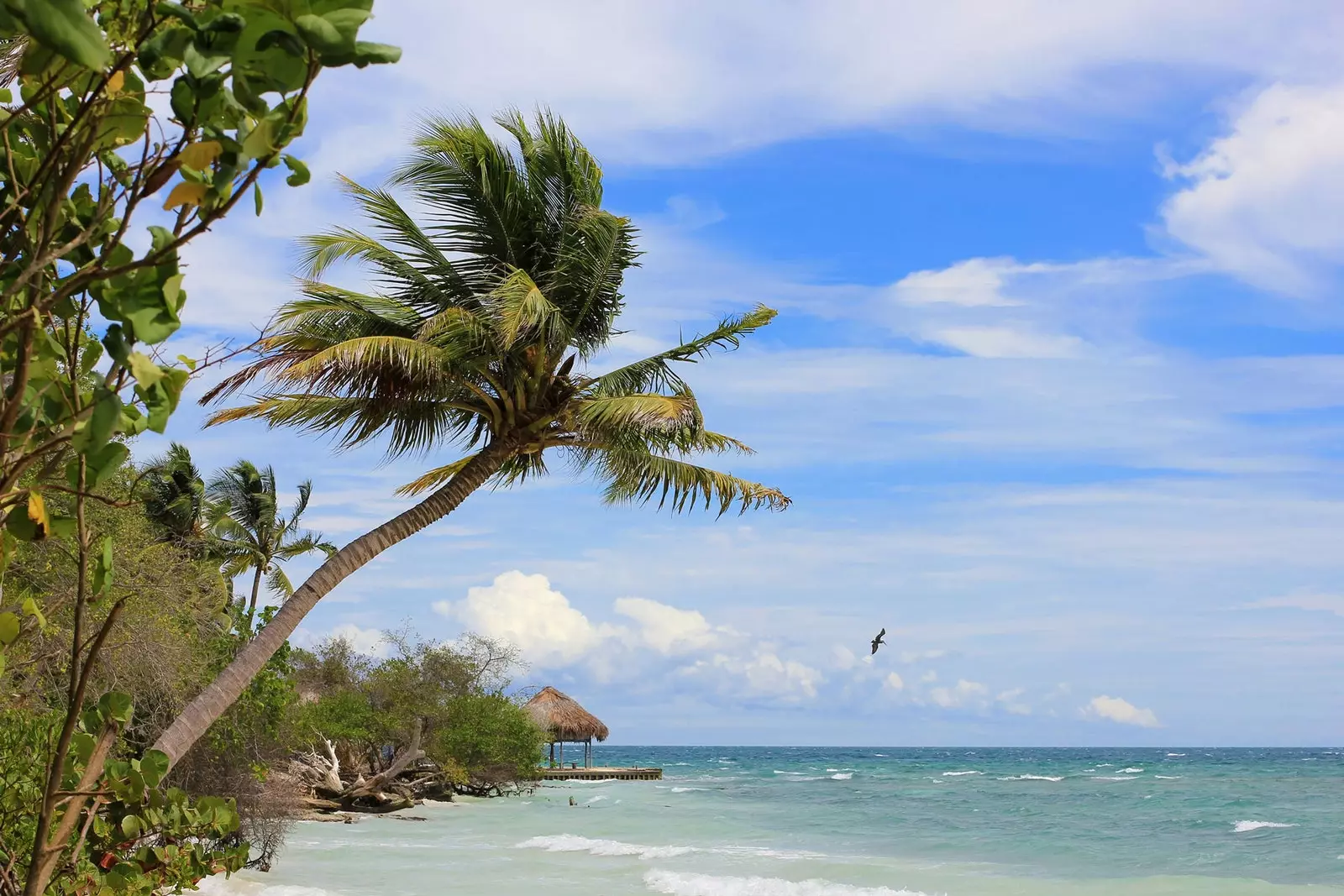
“Welcome to the end of the rush”
Legend has it that some children found three jars or múcuras full of gold while they played and, without knowing the value of their content, they threw them into the sea giving rise to Mucura.
This little Caribbean island is located north of Colombia, in the department of Bolivar. It belongs to the San Bernardo archipelago, which is part of the Los Corales del Rosario and San Bernardo National Natural Park.
Its spectacularity lies in the color of its waters, its fabulous virgin beaches and the coral reef that surrounds it, habitat for a large number of marine species.
We set course for Múcura saying goodbye to the skyscrapers of Cartagena de Indias, that rise elegantly above the sea as we sail away.
During the journey, which lasts about two hours, we pass through islands such as Tierra Bomba, Barú or Rosario Islands; we come across fishermen's boats that look for the food of the day and we relax with the sea breeze while we contemplate enchanted the intense blues of the Caribbean.
Another way to get there is by doing it from Santiago de Tolu on a 45-minute boat ride.
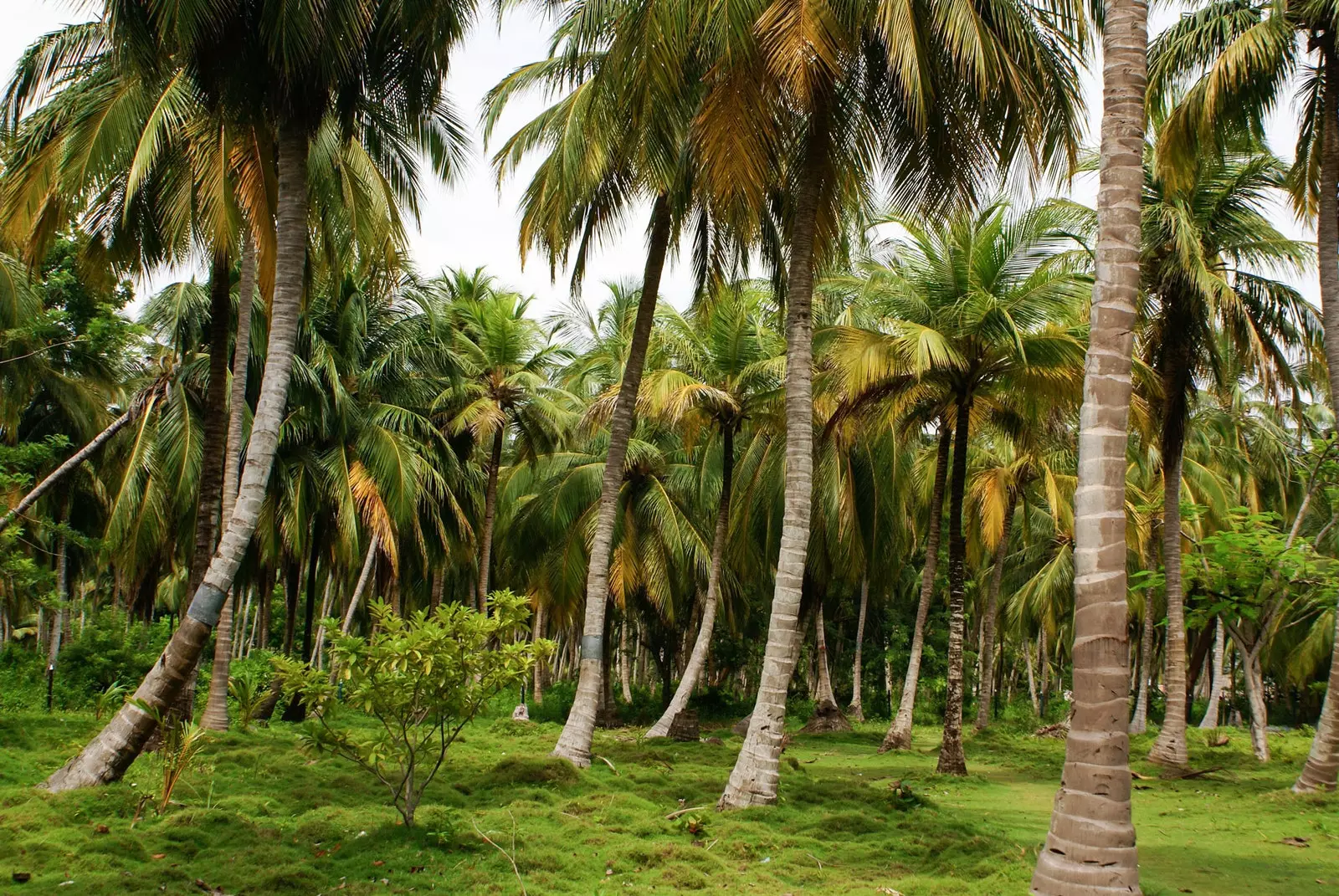
Isla Múcura, the Colombian Caribbean that will make you fall in love
Before disembarking at our destination, the boat leaves some passengers on tiny artificial islands occupied only by a cabin-hostel that seems to be shipwrecked in the middle of the sea. We also stop at Tintipán and El Islote, two sites that we will visit more closely during our stay.
"Welcome to the end of the rush" reads the local slogan upon arrival. And it cannot be for less! The crystalline waves caress the cabins dotted between dozens of palm trees.
There are no cars or any other means of transport, nor is it necessary as the island can be explored on foot in a few minutes. Peace has invaded us as soon as we set foot on land and our wishes have come true.
A rustic bridge over a small mangrove swamp leads us to ** Dahlandia , an accommodation of simple cabins open directly to the sea.** Unlike other establishments, which seem to keep visitors from seeing the other side of Múcura, this one is in full contact with local life.
Two steps away, the small fishing village Champundum is ideal for mixing with its people and feeling the day-to-day life on a Caribbean island. It will also be curious to see calves and pigs roaming freely in the adjoining plot.
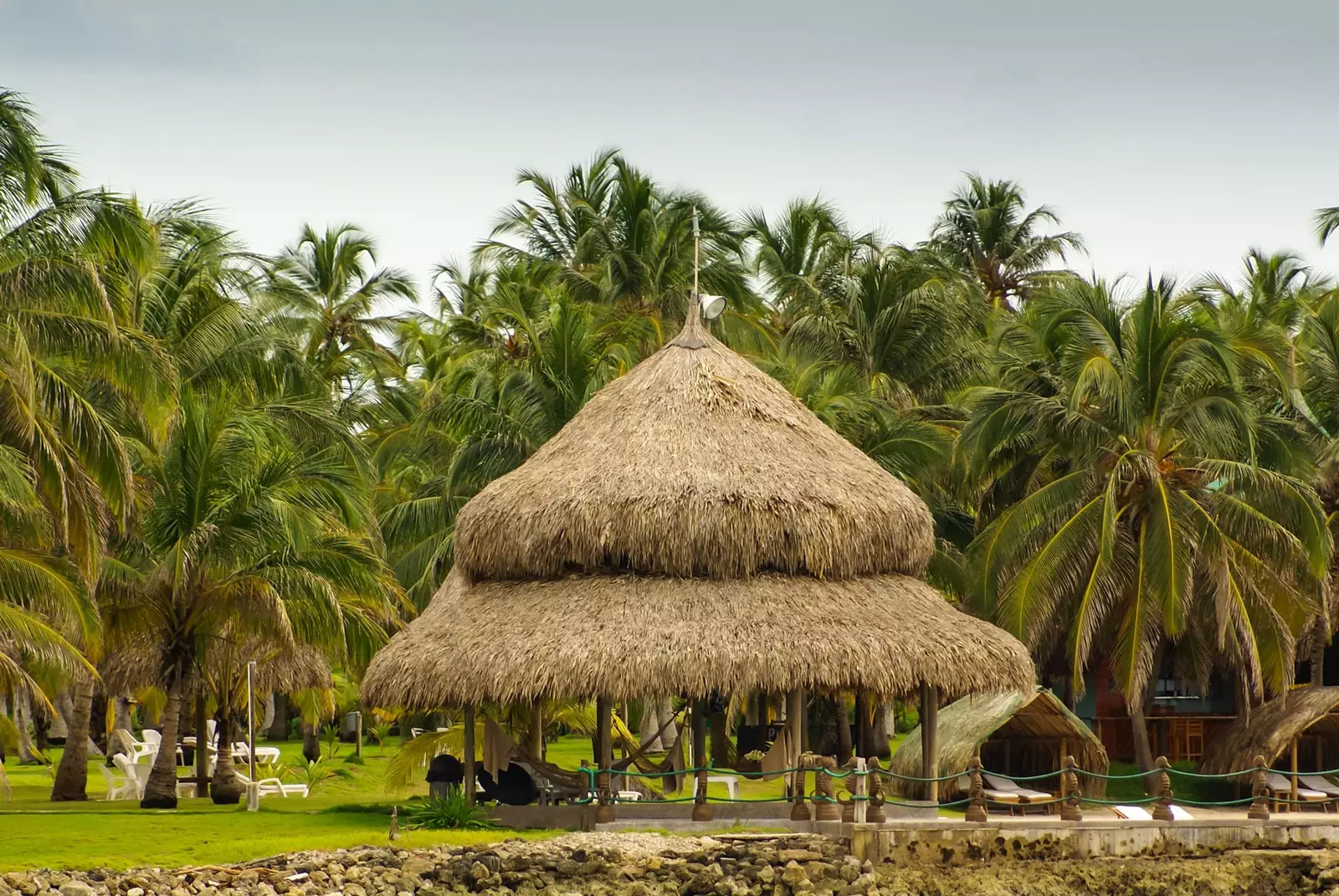
Cabins, palm trees and no Wi-Fi network
The peculiar owner of the hostel, Professor Fabio Florez , receives his guests with the most extensive information on the archipelago. He reminds us of The Old Man and the Sea telling us all kinds of anecdotes about the island before he arrived to preserve it, like the one that It belonged to a drug dealer whose name we couldn't get out of his mouth.
Perhaps it refers to the protagonist of some current series? The intrigue makes us investigate and reach the year 2000, in which the area was occupied by Jose Israel Guzman , known as 'The Architect' and right-hand man of 'El Chapo Guzmán'.
Although one of the scenes of greatest action that has been experienced in Múcura and that has made it known, was carried out by the arrest of another drug trafficker, in 2012, while he was celebrating his wedding.
Be that as it may, Múcura strives for show the world the kindness of its inhabitants and all the charms that make it a paradise. One of them is the fact that electricity is limited and makes nights silent and dark.
Other, the absence of internet, guaranteeing absolute disconnection. Crossing paths with elusive iguanas, kayaking and windsurfing or simply relaxing with a good read in a hammock are more options to enjoy its attractions.
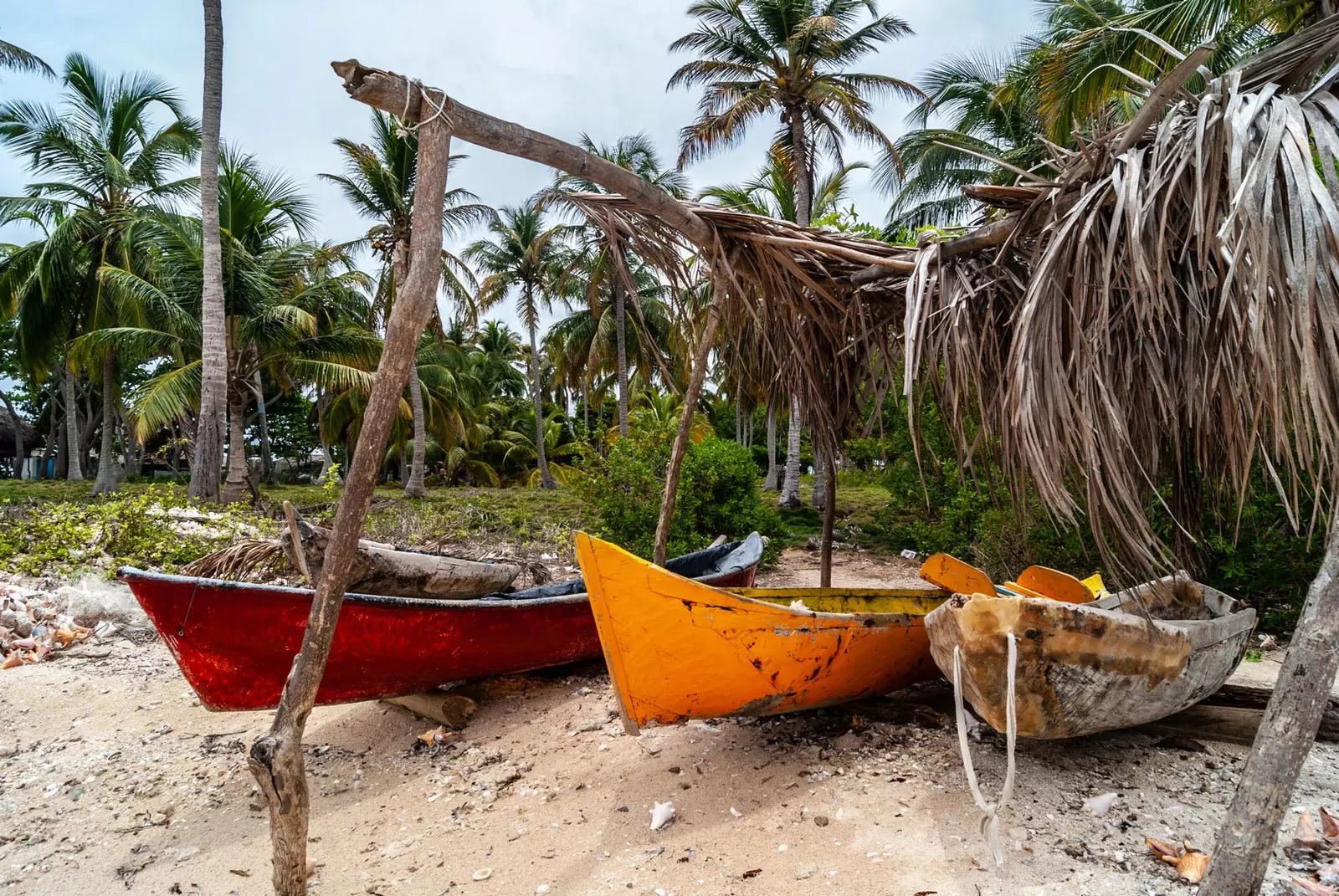
This little Caribbean island awaits you in the north of Colombia
Between the Dahlandia hostel and the Isla Múcura hostel, another of the most chosen for its variety of rooms, we find the little Eden of the island. Is about a little beach with turquoise waters and golden sand over which palm trees lean.
The fact that it is rarely visited by swimmers and enjoys the most spectacular sunsets add to the reasons for making it a paradise within paradise.
As we revel in these sights, a wooden swing rocks us giving us back the happiest innocence. No Instagram filter could beat reality!
On the other hand, you should avoid the main beach, where boats loaded with tourists arrive every day to spend the day among attractions, beach bars and lots of people. Yes indeed, After four in the afternoon it usually remains empty, recovering its paradisiacal charm.
SAILING THROUGH THE SAN BERNARDO ARCHIPELAGO
The San Bernardo archipelago offers good diving and snorkeling among corals. One of the most common excursions to practice these activities is the one that goes through the live coral of Bajo Chara, the sunken Wonder Island and Panda Island, which is currently divided into two.
Navigating between these points, the turquoise waters could not be more transparent, giving us some of the most sensational sea depths.
The last stop is the extensive mangroves of Tintipán, which constitute the ecosystem of the area. We swim through intricate channels and observe the roots of the red mangrove.
Mangroves occupy most of this island, the largest in the archipelago, configuring a labyrinth from which escape is a challenge for those who enter without knowing the way out. “Salsipuedes” they call it. Do we dare?
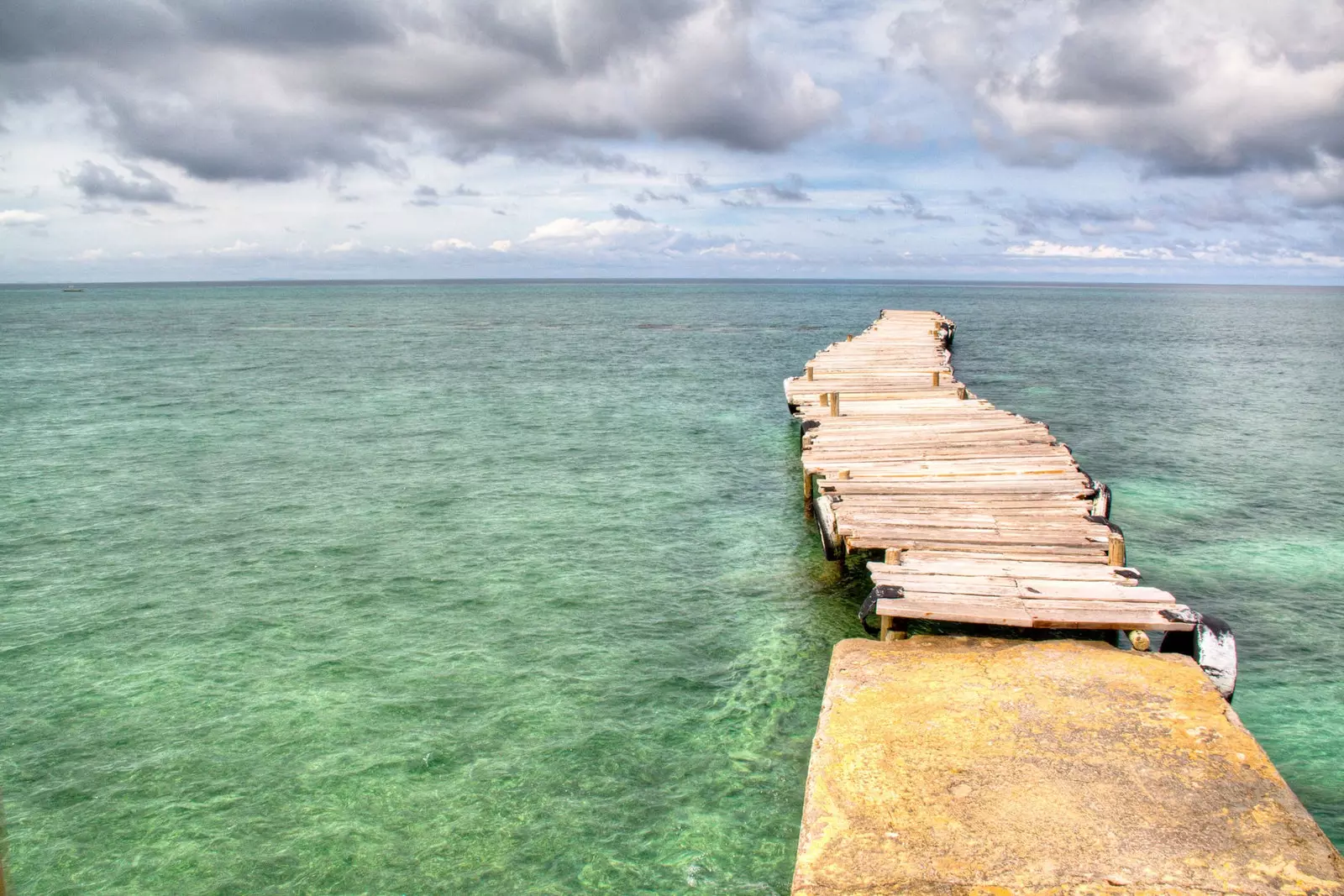
San Bernardo, the Colombian archipelago where to get lost
Another of the most worthwhile excursions in the archipelago is that of the bioluminescent plankton. It is also performed in Tintipán, but at a somewhat untimely schedule, at four in the morning. It will be necessary to take into account the phases of the Moon or that the sky is cloudy, since when there is a lot of light it is difficult to appreciate.
Swimming with bioluminescent plankton in the middle of the night It is one of those experiences to keep in mind for life, because the cameras do not capture the spectacular nature of the phenomenon.
The boat turns off its engine and, in the dark, I am the first to jump into the warm waters that surround the mangroves. Suddenly, I see as if by magic my whole body it lights up with little lights that seem to light up the sea.
With every move I make the small particles soften the dark tones of the night. I emerge to contemplate the sky. I no longer know if it is the stars that are reflected in the water or the plankton in the sky, but that moment is reproduced over and over again in my retinas until the first rays of sun return the blues and greens to the sea.
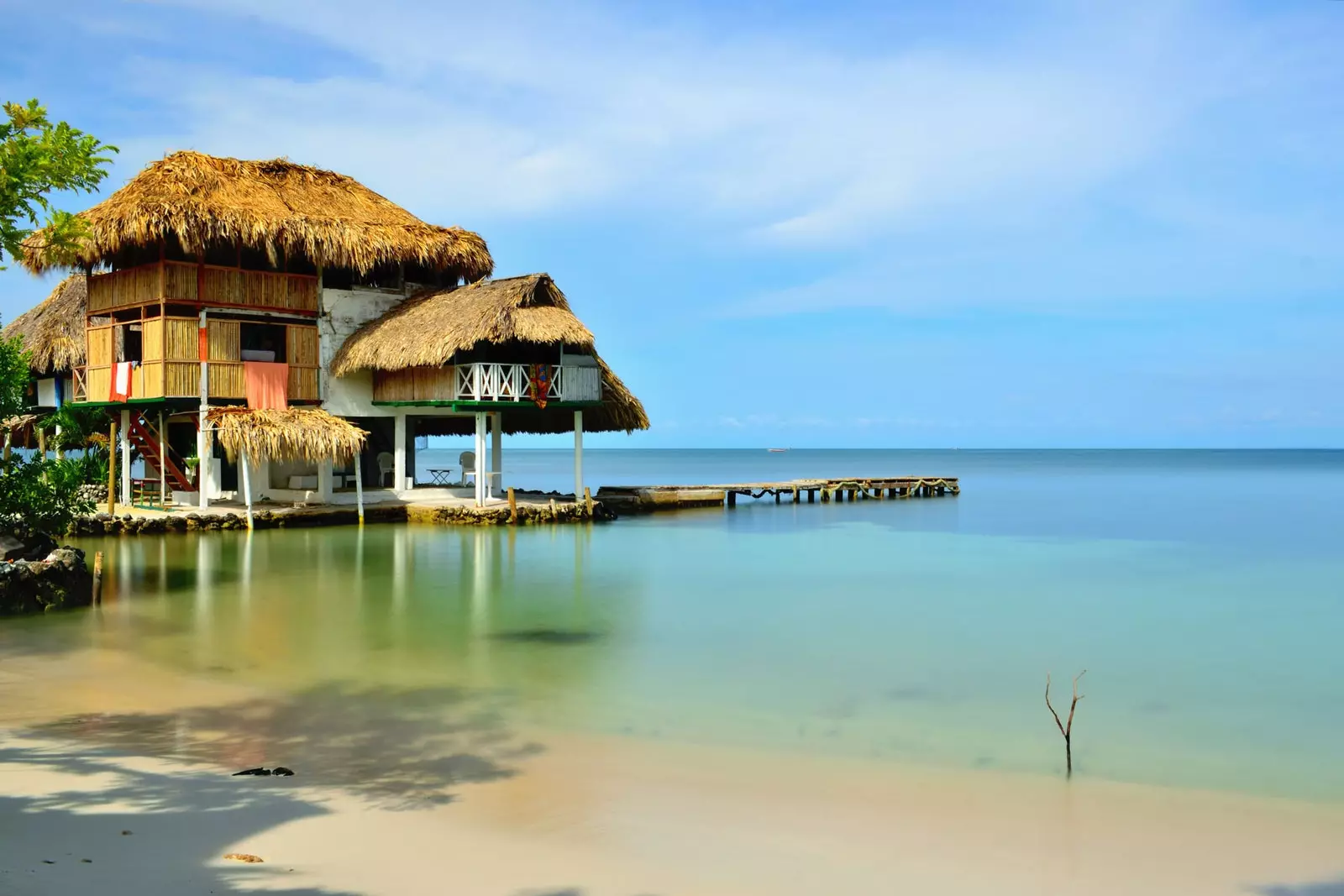
Tintipan
SANTA CRUZ DEL ISLOTE, THE MOST DENSELY POPULATED ISLAND IN THE WORLD
Visiting Santa Cruz del Islote, just five minutes by boat from Múcura, gives us mixed feelings. From afar, this island, which stands out for being the most densely populated in the world, it feels chaotic floating there in the middle of the ocean. Upon arrival, our perception changes, being able to feel the strong community spirit of its people.
125 meters long by 80 wide it is the base on which approximately 110 houses are built. More than 1,200 people live in them, mostly children, although there are many discrepancies with the exact number of residents.
We walked through its streets and found a school, four shops, a restaurant that works as a port and large doses of smiles among the locals. A small square with a cross in the center, which gives the island its name, is the most comfortable space. And it is that this land, despite being so densely populated, gives a lot of itself.
The population of El Islote has grown somewhat abandoned by the government. It took time for them to have basic services such as drinking water, which comes from the Cartagena army, or electricity, which they now get thanks to a generator and 180 solar panels donated by Japan.
They live from fishing and tourism, with the creepy attraction of offering to touch a shark locked in a pool that they call an aquarium as the main attraction.
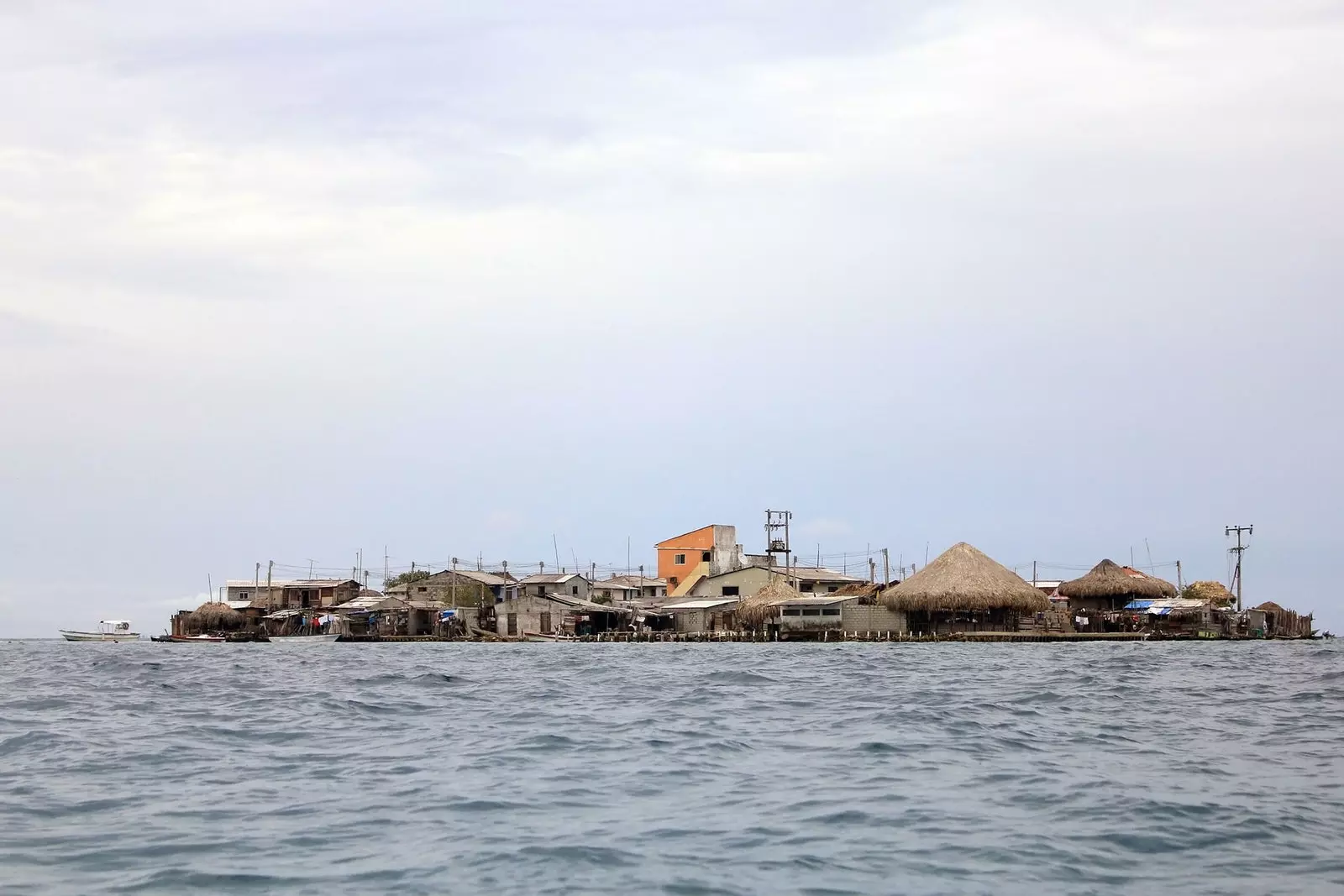
Santa Cruz del Islote, the most densely populated island in the world
The colorful houses grow high due to the lack of space, being shared by up to four families. That's why their life is in the streets, where children enjoy traditional games or bathe happily in the port, the adults play Parcheesi or cards and the women chat outside the shops.
Everyone helps each other, there is no police or other authority figure. Coexistence is based on respect and sharing what they have, from food to bathrooms.
A community turned into a lifestyle that would be a great example for many. And, despite its shortcomings, there, with the sea dyed turquoise blue and Isla Múcura as a neighbor, some of its inhabitants say they would not want to live anywhere else.
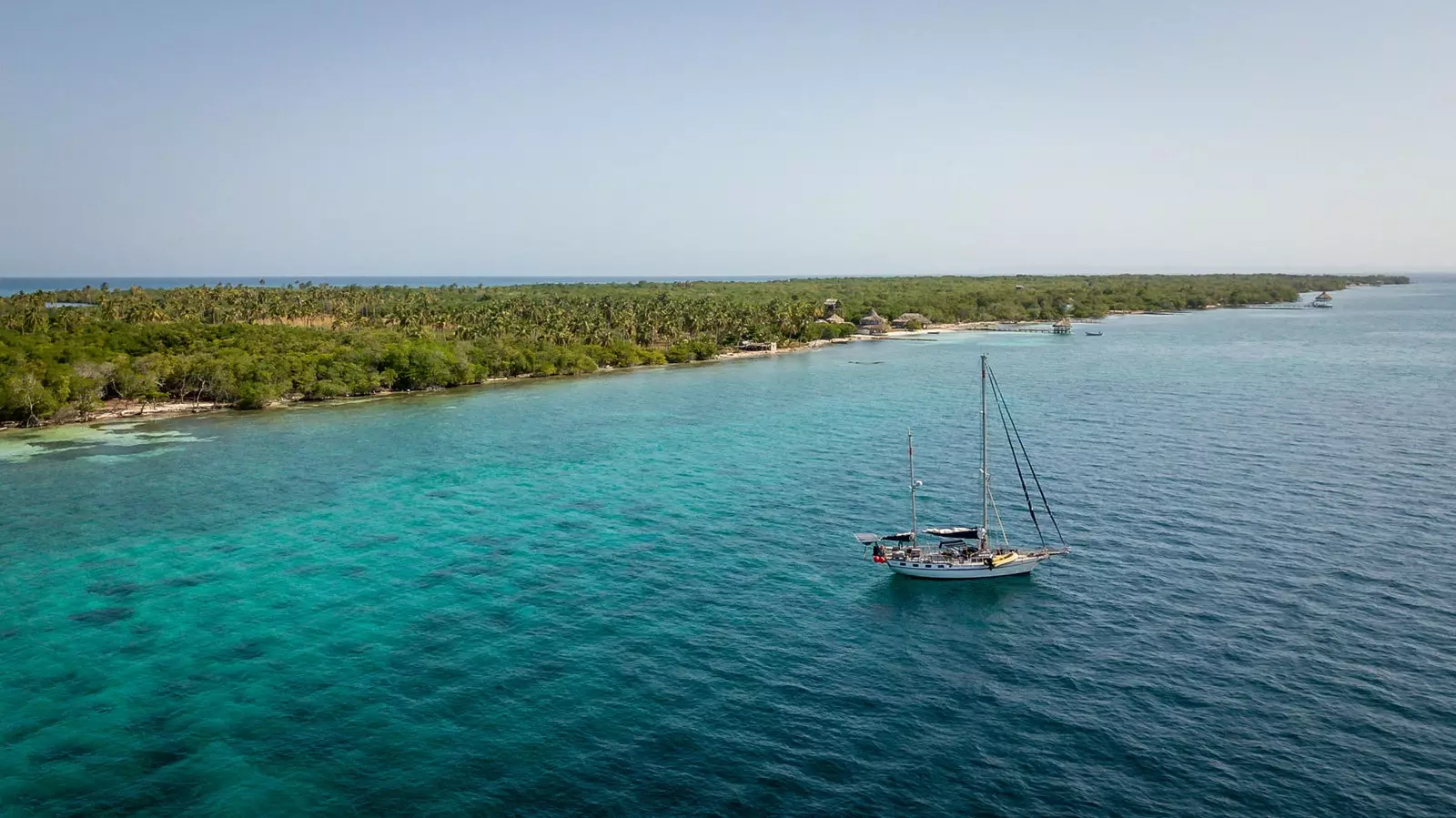
The Colombian Caribbean: blue paradise
